Over the years, the screens of our smartphones and their speakers have gained so much quality that they can now be compared without fear to those of our televisions. And we are not only talking about the display hardware itself, but also about all the software and algorithms that exist to get the most out of them, such as Dolby Atmos and Dolby Vision.
With a completely different model of consumption of visual and sound content than we had five years ago, our smartphones have dramatically improved the two basic aspects to enjoy them, such as image and sound, that is where these two image and sound optimization technologies come into play.
Why do our smartphones need these technologies?
This is the first thing we should ask ourselves when we talk about Dolby systems, which have gained so much fame over the years in cinemas around the world. The existence of these technologies makes a lot of sense because they allow us to fully exploit the possibilities of our mobile screens, as well as the audio section. Even if a smartphone has first-class hardware in both senses, if they do not have software and a specific chip compatible with Dolby, they will not be able to give everything they are capable of.
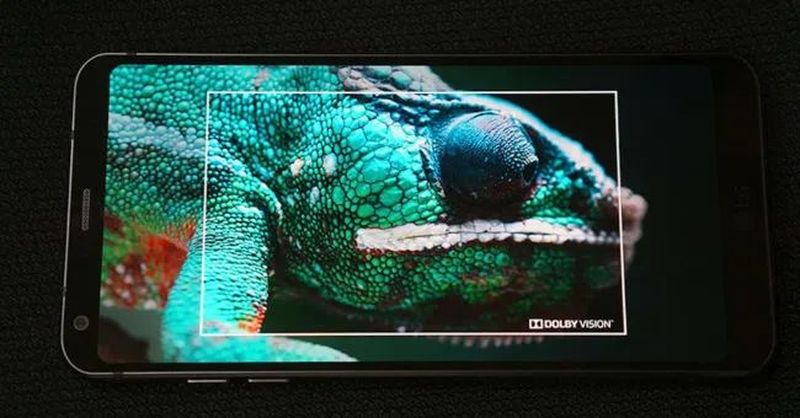
Therefore, the fact that a smartphone is compatible with these systems gives us a plus in image and sound quality. And that may not matter to you if you use your smartphone for chatting or surfing on social networks. But if what you like is to see a lot of visual content and listen to quality audio, you will have to go to smartphones compatible with this technology, which is superior even to other more common in smartphones such as HDR. Therefore, our smartphones need these technologies as long as the consumer demands the best image and sound quality for the content they enjoy.
How does the smartphone improve with Dolby Vision?
The vast majority of smartphones come to market with image technologies such as HDR10+, at its best. Although this technology is the most widespread, it is not the best, because if we compare some data we can understand that with Dolby Vision we will be able to enjoy an even better image. The first thing to know is that mobile must have a specific chip to take advantage of this technology. The big difference with HDR is that while in this the image information is linear, with Dolby Vision this is modified based on what is appearing on the screen, to always show image quality.

Something that has changed with the arrival of HDR10+, which leaves aside this linear evolution and offers an image that adapts in real-time to the scene. In addition, Dolby Vision can provide much more brightness, up to 4,000 cd/m2, four times more than HDR, although logically it may not be as much on a mobile screen, due to obvious limitations, the proportion, in the end, will be the same, these values are mainly for televisions. The color depth is 12 bits compared to 10 in HDR, and there are also up to 4096 RGB tones compared to 1024 in HDR 10.
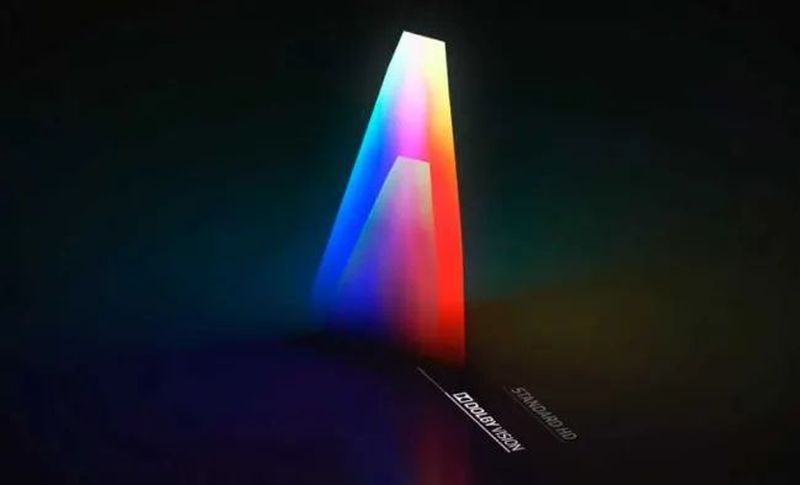
Of the three display technologies, HDR, HDR10+, and Dolby Vision, the latter is undoubtedly the best of the three. But it is also the one that at the moment is present in fewer mobiles, which in general have so far opted for HDR. So if you find a mobile with a Dolby Vision screen and your thing is to watch content on your screen, do not doubt that you will have the best image quality. An image that we will notice more contrasted, with more color, and without losing detail compared to a mobile that does not have this Dolby technology.
What about Dolby Atmos?
The concept is similar to Dolby Vision, only in this case instead of improving the image of the phone, it improves its ability to reproduce quality sound. But we are not only talking about more quality, but also an ability to surround us that we do not find in the usual sound systems.
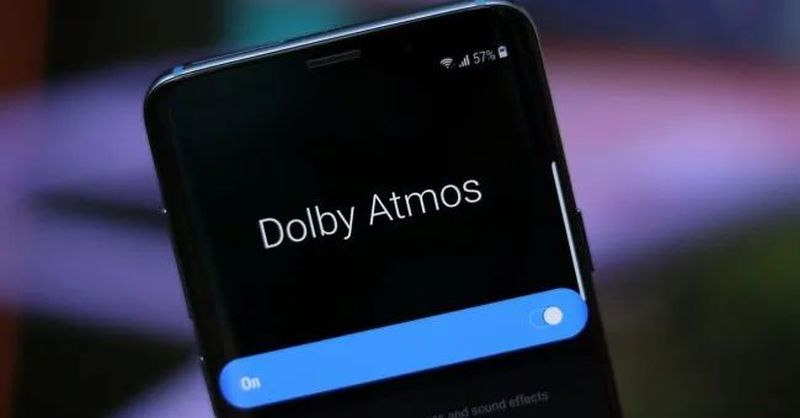
The main difference is that whoever creates sound content, especially if we are talking about a movie or series with a large dynamic audio load, can locate certain sounds in a specific area spatially. This sound technology can therefore place in a surround audio environment any specific sound, to make the experience more realistic and those sounds come from an atmosphere of 360 degrees.
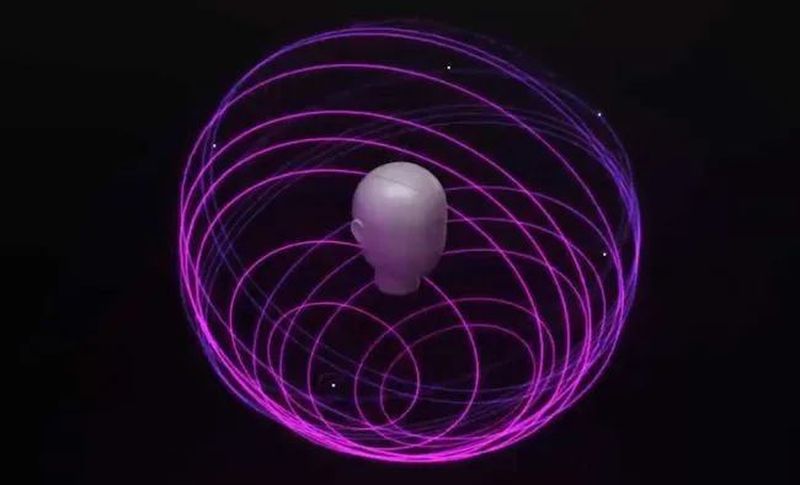
And that is what it offers if we are watching content on our smartphone, a surround sound that brings a greater richness to these. It is possible since this system can offer up to 128 soundtracks and up to 118 sound objects that can be recreated at different points of that surrounding audio. Therefore with Dolby Atmos, we go from accessing a flat sound, at most with a stereo effect, to another with many more tonalities, and sounds that can appear in specific places. Logically, as in the case of Dolby Vision, the content we listen to must be compatible with this technology.

In this way, with Dolby Atmos on the mobile, we will be able to enjoy, for example, the sound of a mosquito, a ball, a plane, a car, or someone talking as if it were located around us, in a 360-degree atmosphere in a three-dimensional space. That is the great value of this technology, to provide a spatialized sound, as we have always enjoyed in theaters or home cinema systems. Logically this is something that we will notice more with quality headphones, than with the speakers of the phone, even if they are stereo.
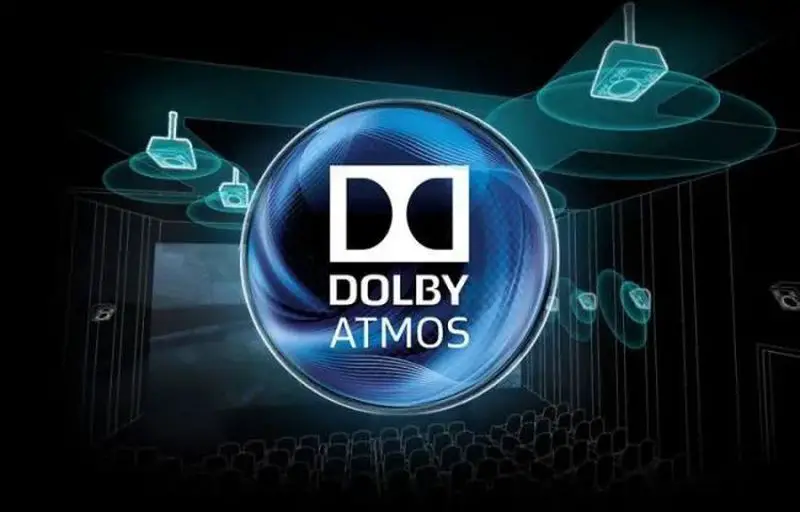
So if you are looking for a smartphone capable of reproducing image and sound with the best quality, it will have to have both systems, both Dolby Atmos and Dolby Vision. While the first technology is available even in affordable mid-range mobiles, the second is not so easy to find on mobile. This further demonstrates that it is an exclusive technology available to only a few.





